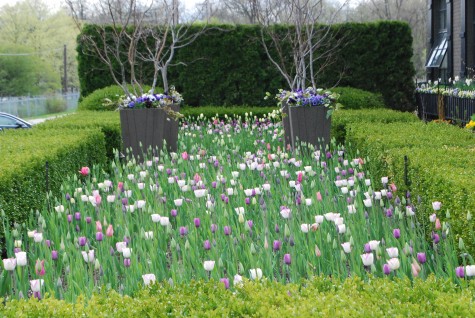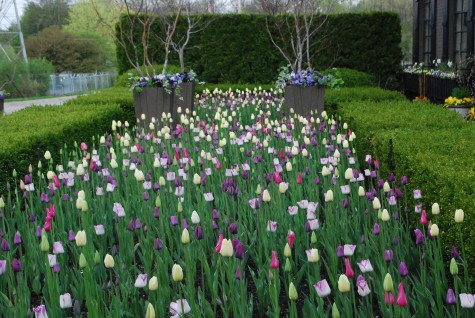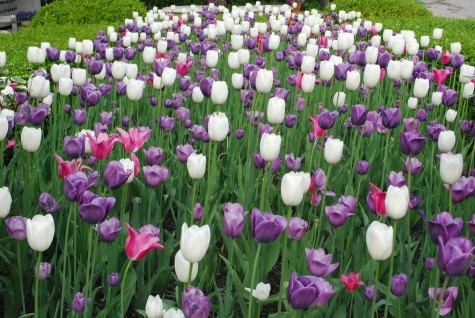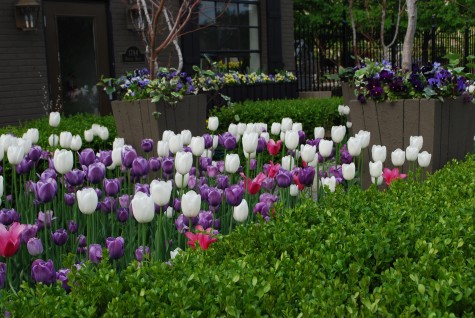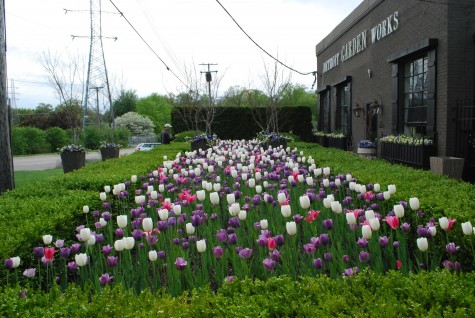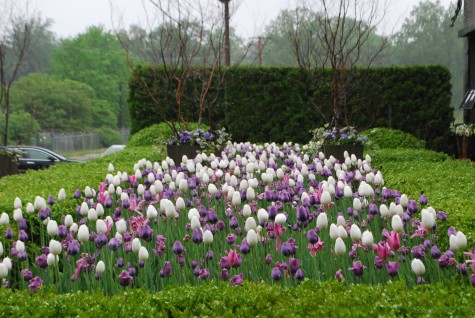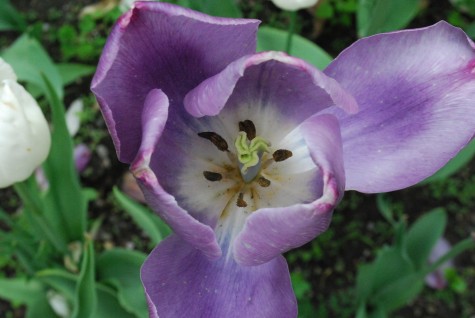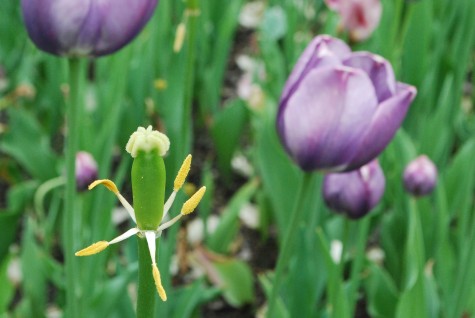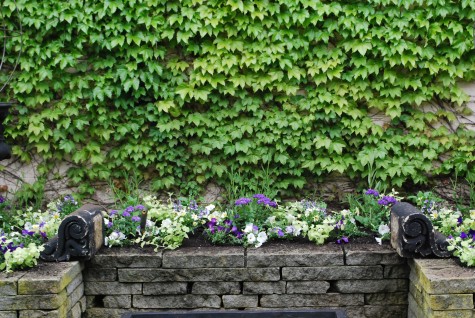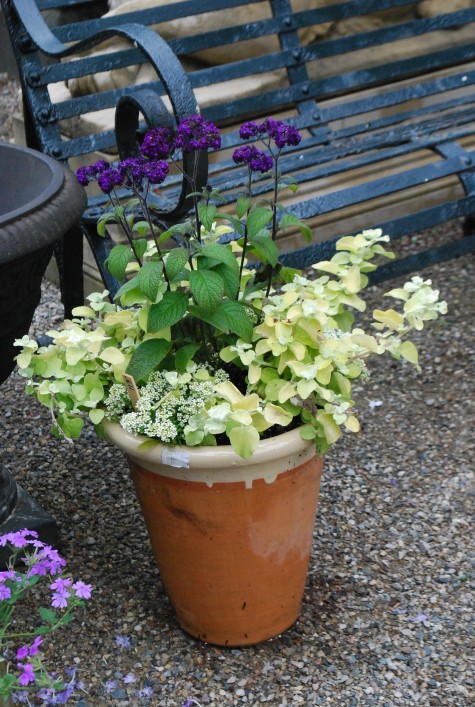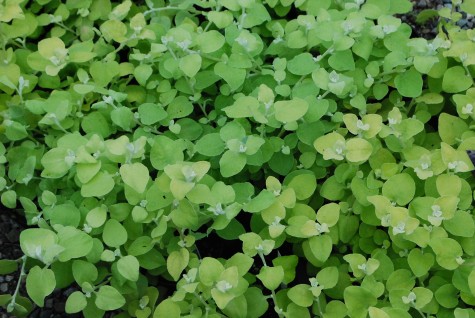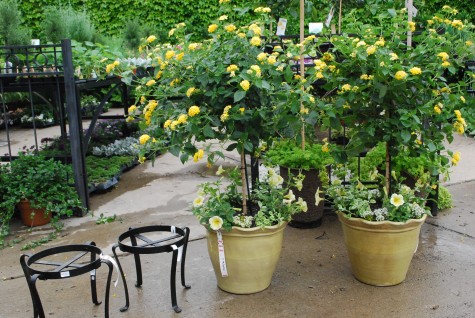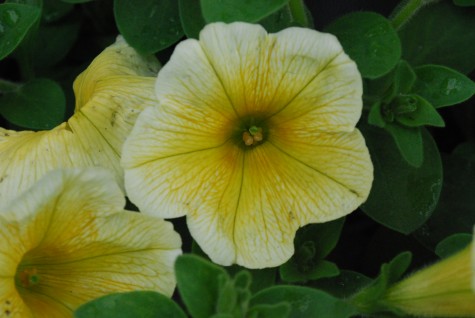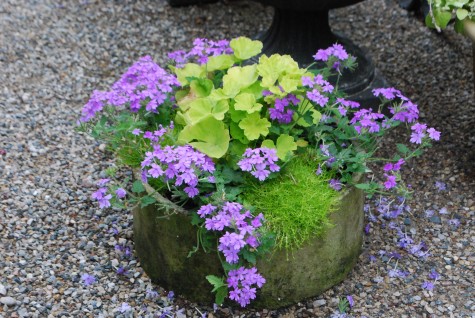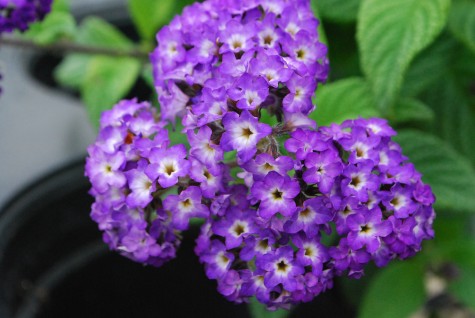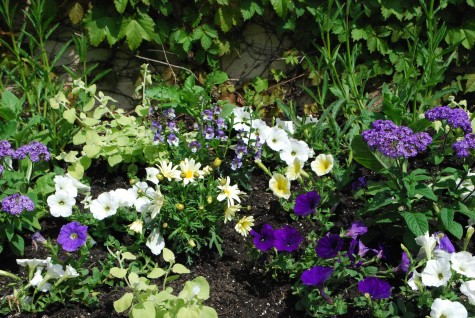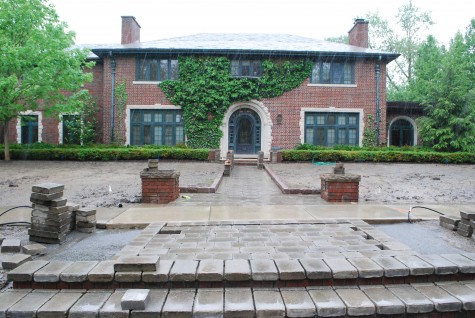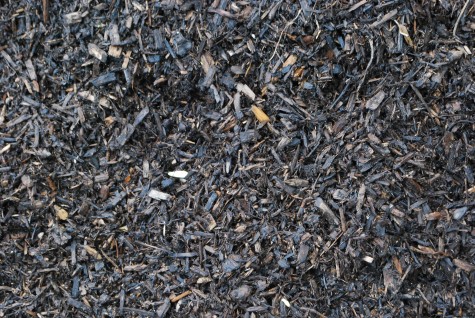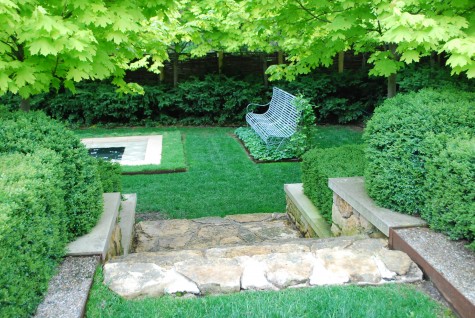My beginnings as a gardener were so many years ago that I cannot really remember them. But I do remember that I was enchanted with the White Flower Farms catalogue, so charmingly written by one Amos Pettingill. Its yearly arrival was a cause for celebration. I would race through it, and then reread it all winter long. The directions for cultivation of any given plant were extensive, concise, and very opinionated. But what mattered the most to me was how their confident and friendly expertise created an aura of excitement and encouragement. I absolutely believed they knew exactly from whence they spoke. Like any other beginner, I was interested in formation, rules, parameters and lists. Luckily they only offered “must grow” plants; I did not need to sort through the list for what seemed like it would work well for me. Thank goodness for that, I was not far enough along to know what to look for, or when to be skeptical. I believed they were helping to make me a better gardener. In retrospect, that catalogue did encourage me, and help me to learn about gardening.
I do so remember the luscious photographs and prose accompaning their offerings of the Blackmore and Langdon delphiniums. Ever more shockingly beautiful, the Blackmore and Langdon tuberous begonias. Blackmore and Langdon plants come from England; they have had a relationship with White Flower Farms for many years. WFF does not offer that series of delphinium any longer, but they still sell those shockingly beautiful Blackmore and Langdon tuberous begonias. I could not afford them 30 years ago. But I could look and learn. The last I looked, one tuber of the fragrant tuberous begonia John Smith was $125.00.
What they charged for plants never bothered me. It was always my option to say no. What has stayed with me is how much I learned about plants, and more so, how much I was encouraged to grow plants. Mr. P was happy to explain how any plant got on his A list. Plants that performed well made the list. Rare and unusual plants made the list. Perennials, shrubs, evergreens, roses, bulbs and tubers-their list was broad and eclectic.
One of my first gardens was a rock garden. Why? I had a slope piled with rocks. Decisions then were easy; I had a lot of ground to cover. What would like that dry sun drenched soil? I went on to really become absorbed by those plants; I made it my business to learn more about them. I planted everything with big empty spaces in between, and weeded like crazy. I had an amazing patience for that garden, and for myself. I killed lots of plants. I had the energy to move things around until I found just the right spot. The only design on my mind was to contrast the forms of neighboring plants, so I could clearly see how large my stand of encrusted saxifrage had gotten, or the shape of that river of Elfin thyme.
I read lots of books-every one of which related to plant culture. I read extensively about plants I really did not like that much. I remember the first time my Paeonia tenuifolia bloomed, my friends rolled their eyes and yawned. I barely noticed-I was transfixed by the foliage and flowers of that little peony. Oh yes, I had read about it in the White Flower Farms catalogue. I doubt I will ever grow it again, but I have vivid memories. The plants I grow now are very much different than what I grew 30 years ago, of course. One’s tastes and interest evolve. One’s circumstances change. I mostly work; I garden when I have a moment.
Some interests return. I am thinking of taking out a block of panic grass, and planting a perennial garden from scratch. I have not had one for many years. I am resigned to being a novitiate, all over again. It is not that I cannot remember what I learned about the plants. What matters is that I will be growing them again. My question for the day-can one grow Dame’s Rocket’s in a perennial garden? The hesperis is blooming everywhere now-on the sides of the roads. Are they not so beautiful?
As for the novice gardener-that would, in my opinion, apply to everyone who gardens. Every day there is something new to learn, something old to grow in a new way, something new I have never seen. I am perfectly happy, being still fairly new at this.
